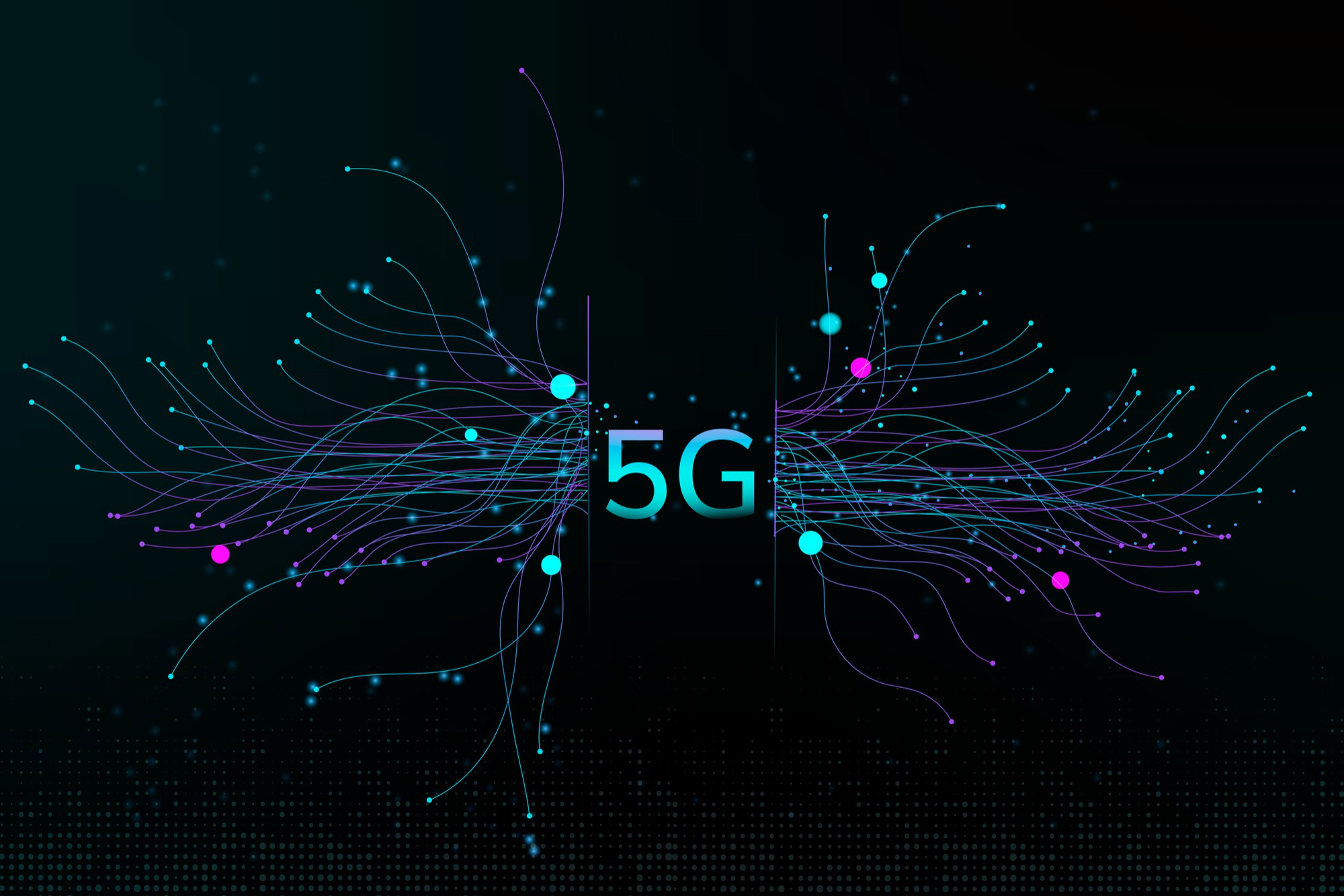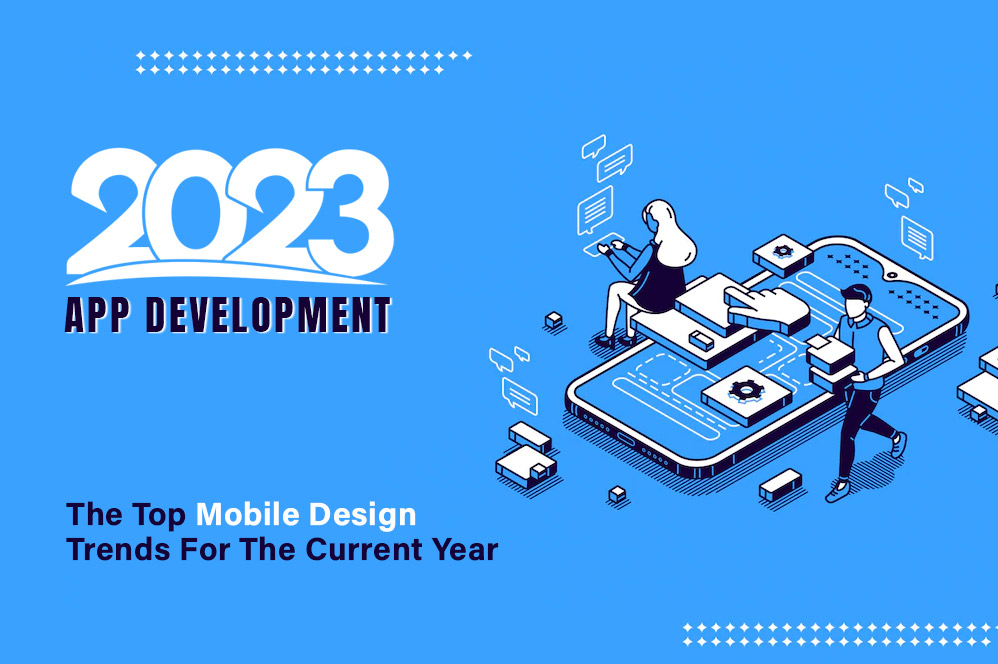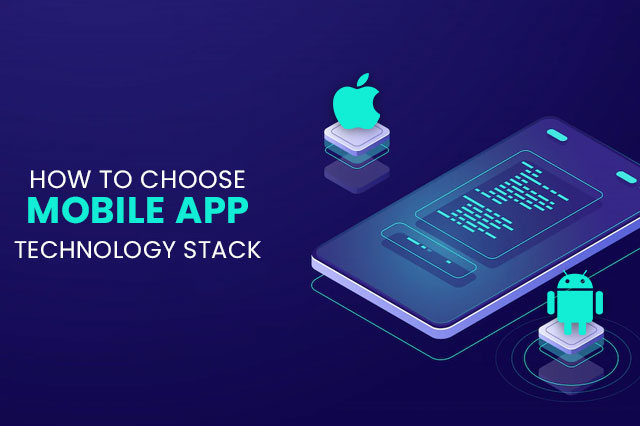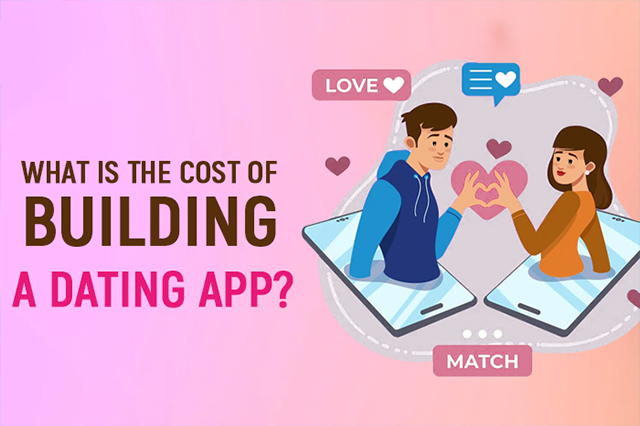The Future of Connectivity: Unlocking Potential with 5G and IoT
The convergence of 5G technology and the Internet of Things (IoT) is set to revolutionize how we interact with the world around us, unlocking unprecedented levels of connectivity and potential. As we stand on the brink of a new era in digital communication, the integration of these technologies promises to transform industries, enhance efficiencies, and drive innovation in ways previously unimaginable.
The Power of 5G
5G, the fifth generation of mobile network technology, offers significant improvements over its predecessors. It provides ultra-fast data speeds, reduced latency, and greater capacity, enabling more devices to connect simultaneously. This leap in connectivity is not just about faster internet on our smartphones; it is a foundational technology that will support a vast array of applications and services.
Speed and Efficiency: With speeds up to 100 times faster than 4G, 5G enables real-time data transmission and seamless streaming of high-definition content. This capability is critical for applications such as virtual reality (VR), augmented reality (AR), and live streaming, where any lag or delay can severely impact user experience.
Low Latency: One of the most transformative features of 5G is its ultra-low latency, which is the delay before a transfer of data begins following an instruction for its transfer. This reduction in latency is crucial for applications that require immediate feedback, such as autonomous vehicles, remote surgery, and industrial automation.
Increased Capacity: 5G networks can support a higher density of connected devices per unit area, making it ideal for densely populated urban areas and large-scale IoT deployments. This increased capacity ensures that connectivity remains stable and reliable, even in the most demanding environments.
The Internet of Things (IoT)
The IoT refers to the network of physical devices—home appliances, vehicles, wearable devices, and more—embedded with sensors, software, and other technologies to connect and exchange data over the internet. As IoT devices proliferate, they generate vast amounts of data that can be analyzed to improve efficiency, productivity, and decision-making.
Smart Cities: IoT is a key enabler of smart city initiatives, which use data and technology to enhance urban living. From smart traffic management systems that reduce congestion to intelligent waste management solutions that optimize collection routes, IoT is helping cities become more sustainable and livable.
Healthcare: In healthcare, IoT devices are revolutionizing patient care by enabling remote monitoring and telemedicine. Wearable health monitors can track vital signs and send alerts to healthcare providers in case of anomalies, improving patient outcomes and reducing the need for hospital visits.
Industrial IoT (IIoT): In the industrial sector, IoT devices are being used to monitor equipment, optimize supply chains, and improve safety. IIoT applications can predict equipment failures before they occur, reducing downtime and maintenance costs, and enhancing overall operational efficiency.
The Synergy of 5G and IoT
The combination of 5G and IoT holds the promise of creating an interconnected ecosystem where devices communicate and collaborate seamlessly. This synergy will drive the development of new applications and services that leverage the strengths of both technologies.
Autonomous Vehicles: The low latency and high reliability of 5G are essential for the safe operation of autonomous vehicles. These vehicles rely on real-time data from sensors and other connected vehicles to navigate and make split-second decisions.
Smart Agriculture: In agriculture, 5G-enabled IoT devices can monitor soil conditions, track weather patterns, and manage livestock health. This data-driven approach allows farmers to optimize their operations, reduce waste, and increase crop yields.
Telemedicine: With 5G, telemedicine can offer real-time consultations and remote surgeries with minimal latency. This capability expands access to healthcare services, especially in remote and underserved areas.
Conclusion:
The future of connectivity, powered by 5G and IoT, is poised to unlock vast potential across various sectors. By providing faster, more reliable, and more efficient connections, these technologies will enable innovations that improve our lives and transform industries. As we continue to explore the possibilities of this interconnected world, the impact of 5G and IoT will be felt in every aspect of our daily lives, driving us toward a smarter, more connected future.






